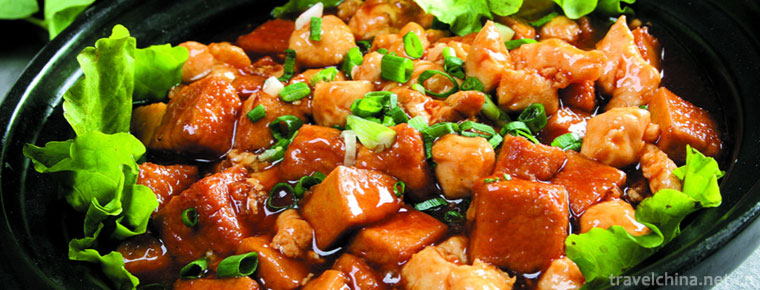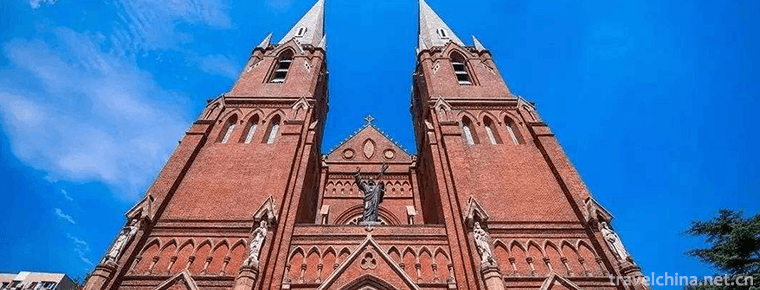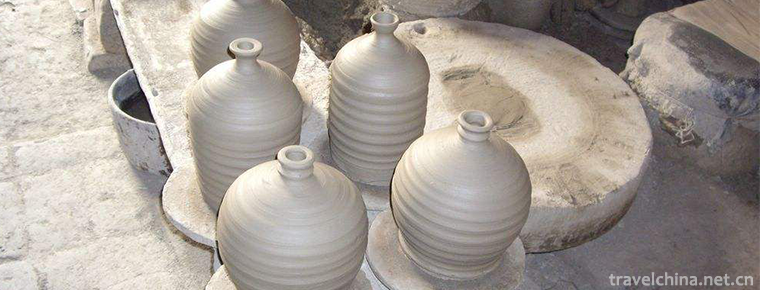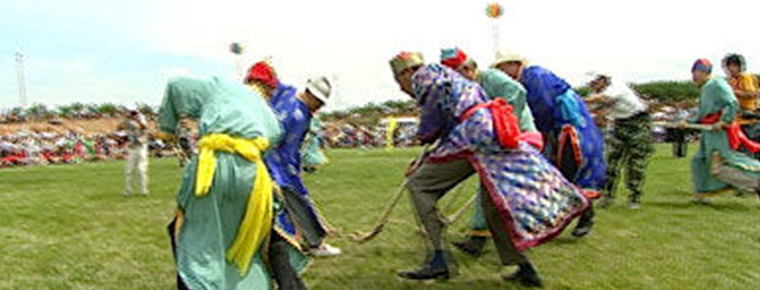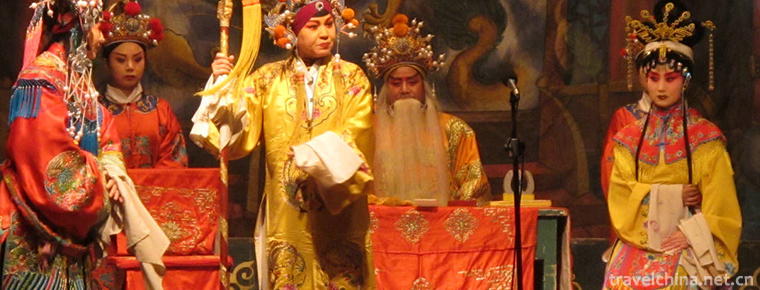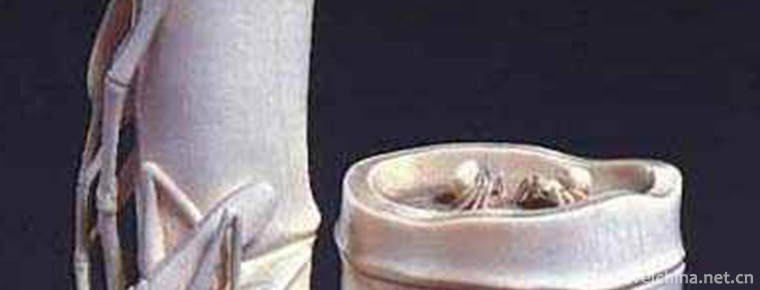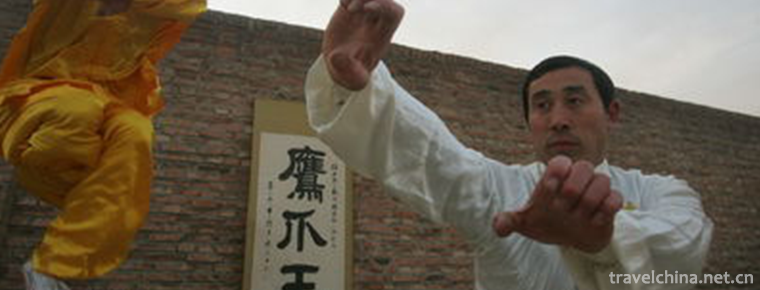Ha Ni Ha Ba
Ha Ni Ha Ba
Ha Ni Ha Ba, an important part of Chinese Hani folk literature. Hani Haba, which means Hani ancient songs, is a popular and far-reaching folk song in Hani social life. It is a solemn and elegant ancient singing mode different from Hani folk songs, love songs and nursery songs. "Hani Haba" refers to the productive labor, religious sacrifices, humanistic norms, ethics, marriage, funeral, food, clothing, housing, literature and art of the ancient Hani society. It is the "encyclopedia" of the Hani people's enlightenment customs and norms of life centered on terraced farming production and life for generations. It is known as "encyclopedia without words" and "living fossil" of culture. In March 2008, it was declared as the second batch of national intangible cultural heritage list.
Area of circulation
"Hani Haba" spreads in Yuanyang, Honghe, Luchun, Jinping and Potou Township, Puxiong Township of Honghe Yi Autonomous Prefecture in Ailao Mountains, Southern Yunnan Province. Here, mountains and valleys are deep, ravines are vertical and horizontal, mountains are high, water is high, rainfall is abundant, climate is mild, showing a three-dimensional climate characteristics of "one mountain, four seasons, ten miles and different days", which is most suitable for the growth of terraced rice. The Hani Terrace is the largest terraced rice area in the world, covering more than 800,000 mu. Unique geographical and climatic conditions and industrious Hani and other local inhabitants created the world's largest farming terraces with their hands. As one of the pioneers and the biggest developer of terrace, the Hani nationality has a long history of terrace farming, the most extensive farming area and the most profound farming technology. Because the survival and development of Hani people depend on the reclamation and development of terraced fields, terraced fields also profoundly affect all aspects of Hani people's production and life, thus forming a unique and complete terraced farming culture phenomenon. There is no written language in the history of the Hani people. The dissemination of knowledge about farming, production and life depends entirely on oral and heart-to-heart teaching. Hani bar has become the main way to pass on cultural knowledge in major festivals and gatherings of friends.
primary coverage
"Hani Haba" refers to the productive labor, religious sacrifices, humanistic norms, ethics, marriage, funeral, food, clothing, housing, literature and art of the ancient Hani society. It is an encyclopedia of the Hani people's enlightenment custom and life standardization centered on terraced farming production and life for generations.
Taking Zhu Xiaohe, the representative inheritor of the national intangible cultural heritage in Yuanyang County, as an example, as well as the translation of Lu Chaogui, the collection and arrangement of Shi Junchao and Yang Shukong, and the publication of Hani Ancient Song - Wogotsenigo by Yunnan Ethnic Publishing House, as an example, Wogotsenigo means twelve tunes of ancient songs, which focuses on the origin of various customs, etiquettes and regulations in Hani society. This chapter mainly tells the history of God, including the birth of God, the creation of heaven and earth, the killing of cattle to make up the heaven and earth, the sources of people, crops and livestock, the fire of Thunder God, hunting and gathering, the opening of fields and planting valleys, the settlement of Anzhai, the flood, the compilation of cattle by Tapo, the King of Shading Heavenly Trees and the Ring Tree. The next chapter talks about the history of man, including the head, Beima, craftsmen, the sacrificial god, the December custom song and the marriage of girls. The twelve pieces consist of the begging for daughter-in-law, the origin of funeral, the origin of rap, singing and dancing, the New Year's song and the blessing song. The content of the twelve articles can be divided and combined. They can be sung in whole or independently, depending on the appropriate content chapters selected at the ceremonial occasions at that time. From the singing occasions, Ha Ni Ha Ba is mainly sung by folk experts in ceremonial occasions such as sacrifices, festivals, weddings, funerals, roofs and other grand occasions to express Festival congratulations and auspicious wishes; from the content of the singing, the scale is huge, the structure is rigorous, the singer can sing for several days and nights. From the characteristics of singing, singing on Grand occasions, singing with wine, conveying ancient rules and principles, or good wishes to relatives, friends and villagers. The singing style is composed of one lead singer, one accompanying singer, one question and one answer, two people singing in pairs and all the people singing in harmony. In the event of a major New Year's Day, the main contents of the twelve tunes can be sung in a complete way. A singer can hardly assume a major responsibility, and several singers are required to sing together.
From the data collected and collated at the beginning of the 21st century, Haniko's classic songs Woogozenego, Hani Abe Tsongpo, Twelve Slave Boards and Mudimi Di have become the classic masterpieces of Hanihaba.
Inheritance mode
Mainly in the Hani Festival celebrations, weddings, funerals, houses and other major occasions, wine tables, fire ponds, one person led the singing, or the way of asking and answering, from generation to generation. Inheritance pedigree is very complex, characterized by voluntary, hobbies, mostly social loose type, mostly according to their hobbies to follow the "Mobi" or "Haba Abo" (singer) and participate in social activities to learn. "Ha Ni Ha Ba" is preserved in the way of advocating teachers to learn art or self-study.
Main characteristics
From the aspects of genre, Festival division, characteristic linings and lyrics themselves, it has the following characteristics: firstly, there are both long ancient songs and free impromptu short songs; secondly, in the relative stability of the long rhythm, there is a relatively arbitrary division of the song; thirdly, there is a relative independence of the song section in the continuity of the long song narrative; fourthly, there is a contrast in the specificity of the special linings. The flexibility of the use of words; Fifth, there is a free duality of syllables and a general rhyme in the lyrics and sentences of different lengths in spoken language; Sixth, in the subjectivity of a singer, there are two, three or more singers'freedom to rotate and sing in pairs. From the content point of view, the content is very rich, integrating history, showing Hani society's production and labor, religious sacrifices, human norms, marriage and funeral, food, clothing, housing, literature and art, etc. It can be called the Encyclopedia of Hani social education customs, normative life without written records, oral inheritance. From the perspective of the language of Hanihaba, the language is clumsy and implicit, the imagination is superb and natural, the artistic conception is magnificent and profound, which reflects the great ambition of Hani people, the lofty and outstanding pursuit of life and the great power of changing the world. It is a classic masterpiece of human oral literature. From the point of view of the melody, the melody is sometimes deep, thick, sometimes high-spirited and fierce, showing the grand and simple, solemn and elegant artistic charm of "Ha Ni Ha Ba".
Inheritance value
From the singing way, it is the most important way to inherit Hani traditional culture. The important occasions such as festivals, weddings, funerals, starting houses and building houses are the big classroom to spread Hani culture. "Ha Ni Ha Ba" has become an important link for Hani people to inherit knowledge, exchange emotions and condense national spirit. From the content point of view, it is rich in content and integrates history. It covers all aspects of Hani society, such as productive labor, religious sacrifices, humanistic norms, marriage, funeral, food, clothing, housing, literature and art. It can be regarded as an encyclopedia of Hani's social enlightenment customs, normative life and oral inheritance. "Hani Haba" is a classic representative of oral and intangible cultural heritage of Hani and even the farming minority nationalities in southwest China. It is a "Bible" that systematically studies the production and life, religious sacrifices, humanistic norms, ethics, marriage, funeral, food, clothing, shelter, literature and art of the Hani traditional society. It has very important historical, scientific, literary and artistic value.
"Hani Haba" is actually the main carrier for Hani people to remember history, inherit culture, impart knowledge, summarize experience, ethics, look forward to the future and spread good customs. It is also the "living fossil" of Hani terrace culture in the Red River and a business card to show the culture of the Red River.
Heritage Protection
In March 2008, "Ha Ni Ha Ba" was released by the State Council as the second batch of national intangible cultural heritage protection list. In order to further protect, excavate and inherit the ethnic cultural resources of Ha Ni Ha Ba, Yuanyang County has a total of 408,000 yuan of special funds for the protection of Ha Ni Ha Ba. In 2011, relevant personnel were organized to go deep into 31 natural villages with deep Hani folkways and customs. A comprehensive investigation was conducted on the historical origin, development and evolution of Ha Ni Ha Ba, as well as its distribution and spread. Ten basic conditions, including inheritor, inheritance content, inheritance mode, development skills and their value. And take the form of text, recording, video and other forms to sort out, classify and archive the excavated "Ha Ni Ha Ba" ethnic cultural resources for the rescue and research of "Ha Ni Ha Ba".
Non heritage information
Heritage Level: The Second Batch of National Non-material Cultural Heritage
Approval serial number: 553
Heritage Number: I-66
Project name: Ha Ni Ha Ba
Applicant: Yuanyang County, Yunnan Province
Approval No. 19, Guofa
Approval date: 7 June 2008.
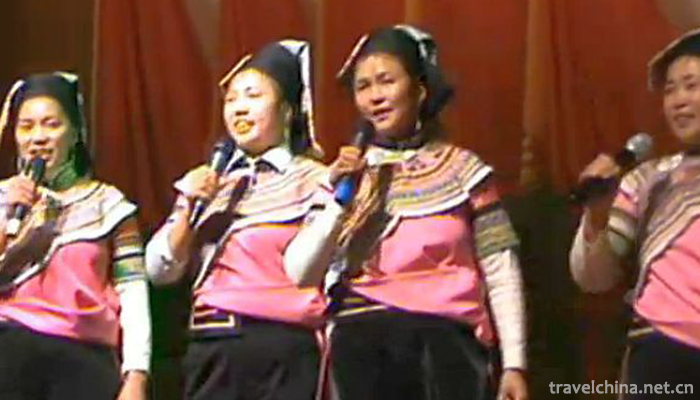
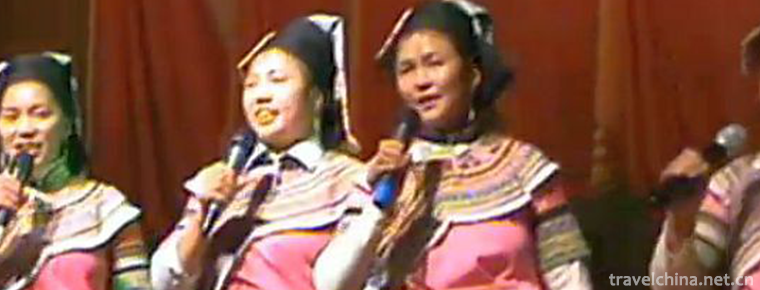
Ha Ni Ha Ba
-
Kung Pao Chicken
Kung pao chicken is a famous traditional Chinese and western famous dish
Views: 244 Time 2018-10-12 -
Dianchi Lake
Dianchi, also known as Kunming lake, Kunming pool, Yunnan Nan Ze...
Views: 228 Time 2018-10-21 -
Mandarin Oriental Hotel Guangzhou
Wenhua Oriental Hotel is located in Tianhe District of Guangzhou, which belongs to Wenhua Oriental Hotel Group. It is a five-star hotel. The hotel has 233 rooms and 30 suites, and 24 hotel-style servi
Views: 233 Time 2018-12-16 -
Xujiahuiyuan Scenic Area
Xujiahuiyuan Scenic Spot is located in Xujiahui, Shanghai Metropolitan Tourism Center Circle. It starts from Wanping South Road, Tianping Road and Huashan Road in the east
Views: 147 Time 2019-02-26 -
Sintering Techniques of Chengcheng Yaotou Ceramics
Yaotou Ceramic Firing Skill in Chengcheng, a traditional handicraft in Yaotou Town, Chengcheng County, east of Guanzhong, Shaanxi Province, is one of the national intangible cultural heritages.
Views: 203 Time 2019-04-18 -
Daur traditional Hockey
Daur's traditional hockey sport is called "Bei Kuo Taj Ke Bei" in Daur language. Bei Kuo refers to a bat. The Daur bat is made by grinding oak wood with curved roots and straight branches. I
Views: 138 Time 2019-04-22 -
Hanju Opera
Han Opera, a local traditional drama in Wuhan, Hubei Province, is one of the national intangible cultural heritage.
Views: 183 Time 2019-05-02 -
Heyang jumping drama
Heyang Dance Opera is a kind of local opera in Heyang County, Shaanxi Province. It belongs to the nature of social opera. When performing, there is no singing voice,
Views: 390 Time 2019-05-02 -
Traditional cooking techniques of Liao cuisine
In April 2016, "Liao cuisine traditional cooking skills" was approved by the State Council as a national intangible cultural heritage, Liao cuisine became the first major cuisine department
Views: 209 Time 2019-05-13 -
ivory carving
Ivory carving refers to the carving process and its products with ivory as the material. It is an ancient Chinese traditional art, folk arts and crafts. Ivory is the strongest part of an elephant. It
Views: 126 Time 2019-07-06 -
Eagle Claw
Eagle Claw Turn Boxing is a new type of Chinese traditional boxing, which is derived from the Eight Flash Turn. It is also a famous Chinese national master, Mr. Chen Zizheng (1878-1933) (from Li Linzh
Views: 202 Time 2019-07-14 -
The evolution of Guangyuan
Guangyuan was ruled by Yin state in Xia Dynasty and Ju state in Zhou Dynasty. At that time, the state of Ju was in a state of tripartite confrontation with the states of BA (governing Chongqing) and Shu (governing Chengdu).
Views: 316 Time 2020-12-15
